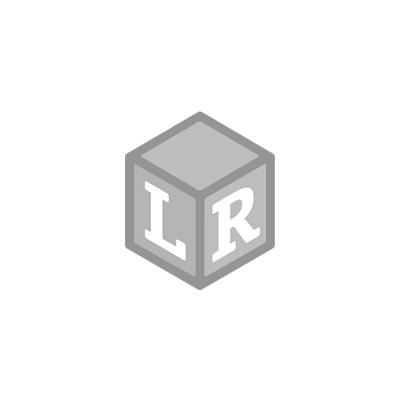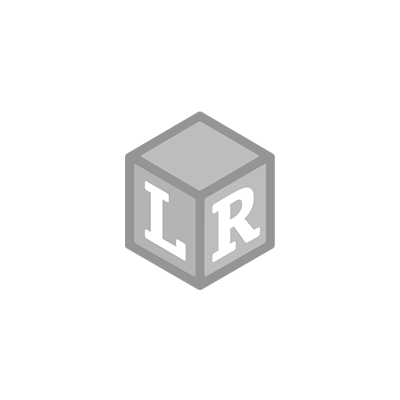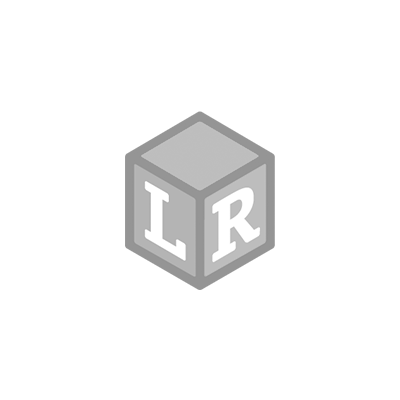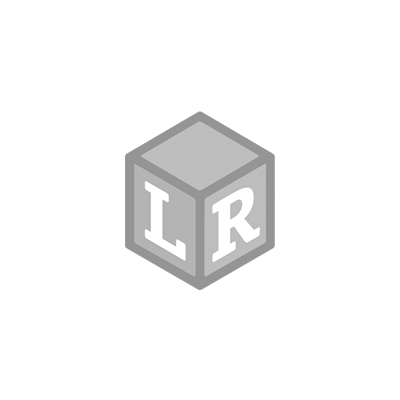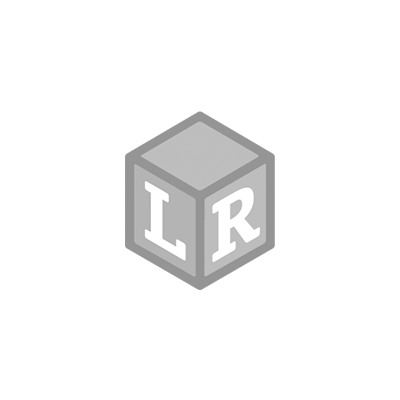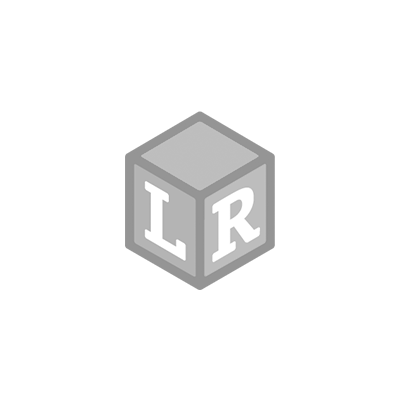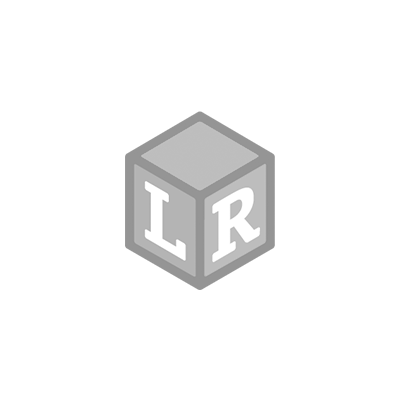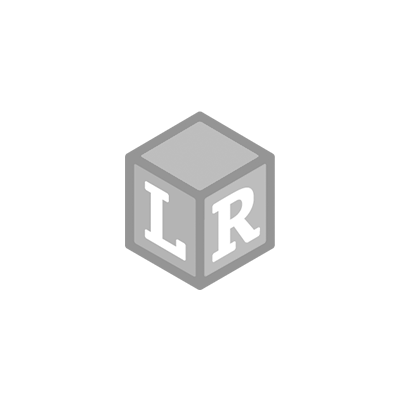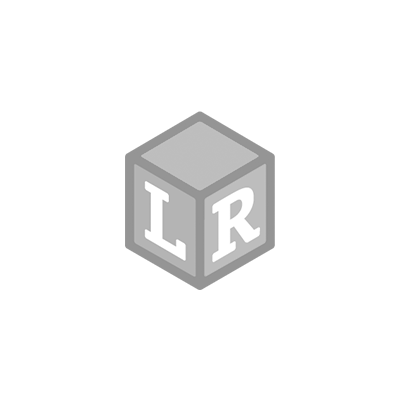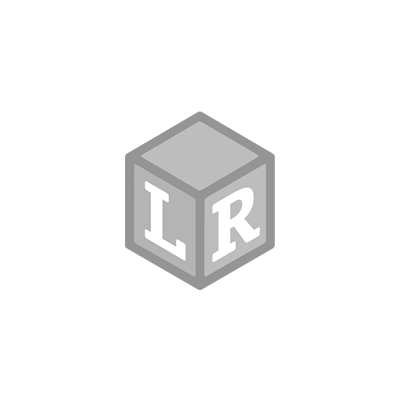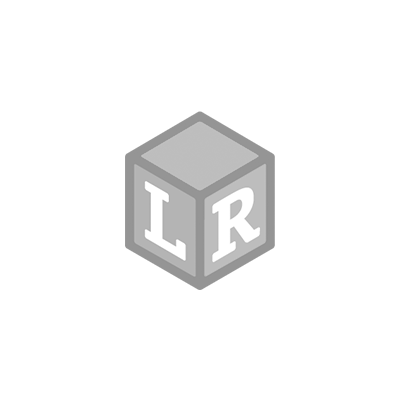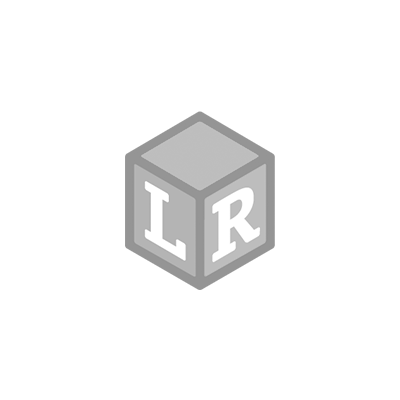
Help us celebrate STEM-uary with a hands-on STEM experiment designed for you to do with your preschoolers at home! It's so much fun… your little ones might not even realize that they’re learning.Preschoolers are natural observers. Plus, they love scooping, pouring, mixing, and blending. In other words, they love science! You can encourage your child’s scientific curiosity and introduce some early scientific concepts with simple science experiments, like the concept...
Solids, Liquids, and Gas
Understanding the various states of matter is a key scientific concept. There are actually five states of matter, but we’ll leave the other two, plasma and Bose-Einstein condensates, for another time. Say, college.
Materials:
- Ice cube
- Measuring cup
- Stove-safe pot
Step One – Solids
To share this concept with your kiddo, start with an ice cube. Show them how hard (solid) the ice cube is by having her tap it on the side of the measuring cup. Then have her rub her hands together to generate some heat, place the ice cube in her hands and have her roll the cube around, catching the dripping water in the measuring cup as the cube melts. (Note – if the cube is too cold for little hands, set it in the cup and put the cup in the sun for 15 minutes.)

Step Two – Liquids
Check the measuring cup. It was empty when she started, but now there’s water in it! Explain to your child that heating the solid ice cube with her hands (or the sun) caused it to melt and change into its liquid form—water. Look at the markings on the side of the cup to see how much water is there, then pour the water into a pot.

Step Three – Gasses
Place the pot of water on the stove and turn the heat on low. Explain to your mini-scientist that the third state of matter is gas. The ice cube that started out as a solid and then melted into a liquid is now going to magically disappear, evaporating into a gas form. Let the water boil, then evaporate, and show your little one that the pot is empty. What happened to the ice cube?

Now that your pint-sized smarty understands the concepts of solids, liquids, and gasses, take a lunchtime challenge!Point to her cup of milk and ask if what’s inside is a solid or a liquid. Now point to the PB & J (crusts cut off) on her plate and ask if that’s a solid or a gas. Finally, have her breathe out into a cupped hand and ask what’s there. She can’t see it, but her breath is a gas!If your little one loved this STEM-uary science experiment, let us know about it by emailing us at
blog@learningresources.com.
 Help us celebrate STEM-uary with a hands-on STEM experiment designed for you to do with your preschoolers at home! It's so much fun… your little ones might not even realize that they’re learning.Preschoolers are natural observers. Plus, they love scooping, pouring, mixing, and blending. In other words, they love science! You can encourage your child’s scientific curiosity and introduce some early scientific concepts with simple science experiments, like the concept...
Help us celebrate STEM-uary with a hands-on STEM experiment designed for you to do with your preschoolers at home! It's so much fun… your little ones might not even realize that they’re learning.Preschoolers are natural observers. Plus, they love scooping, pouring, mixing, and blending. In other words, they love science! You can encourage your child’s scientific curiosity and introduce some early scientific concepts with simple science experiments, like the concept...

 Now that your pint-sized smarty understands the concepts of solids, liquids, and gasses, take a lunchtime challenge!Point to her cup of milk and ask if what’s inside is a solid or a liquid. Now point to the PB & J (crusts cut off) on her plate and ask if that’s a solid or a gas. Finally, have her breathe out into a cupped hand and ask what’s there. She can’t see it, but her breath is a gas!If your little one loved this STEM-uary science experiment, let us know about it by emailing us at blog@learningresources.com.
Now that your pint-sized smarty understands the concepts of solids, liquids, and gasses, take a lunchtime challenge!Point to her cup of milk and ask if what’s inside is a solid or a liquid. Now point to the PB & J (crusts cut off) on her plate and ask if that’s a solid or a gas. Finally, have her breathe out into a cupped hand and ask what’s there. She can’t see it, but her breath is a gas!If your little one loved this STEM-uary science experiment, let us know about it by emailing us at blog@learningresources.com.  Shop UK Site
Shop UK Site 
